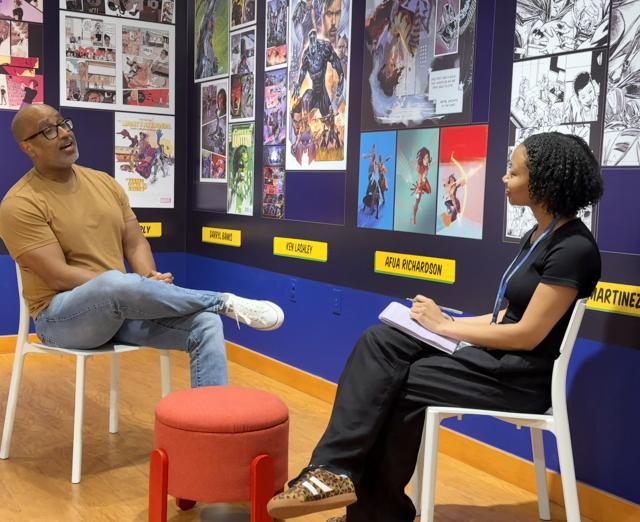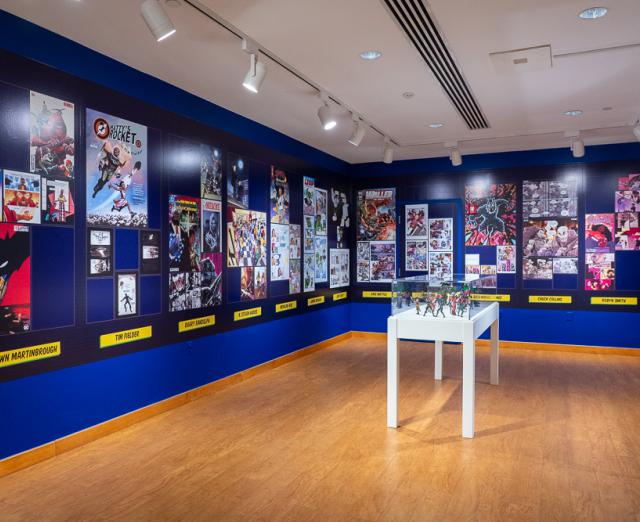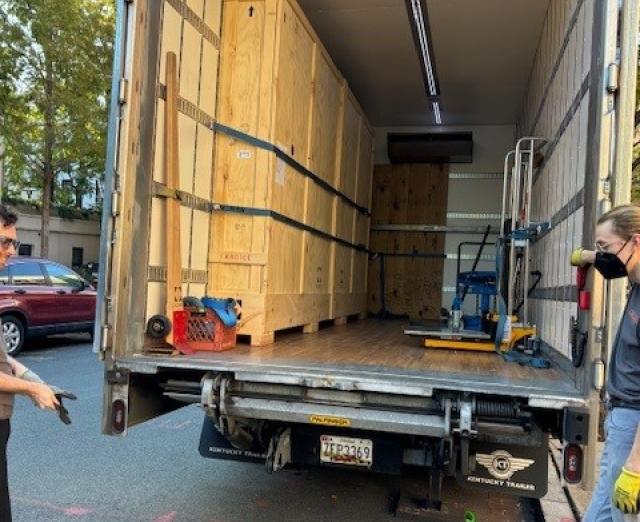The Exploration of Queer Spaces in Multiplicity
Exhibitions & Events
The Phillips Collection Fellow Arianna Adade explores the queer spaces created by artists in Multiplicity: Blackness in Contemporary American Collage.
Art has always been used as a form of “being.” Whether it is self-expression, appreciation, or as a form of escape, art opened avenues for us to understand who we are—on an individual and social scale. Queer art takes art a step further. It confronts the limiting perceptions of categorizing our “being,” reflecting the broadness and complexity of the human experience. Black queer art is not just an expression of identity; it narrates the histories of resilience, harmony, togetherness, and triumph. Multiplicity: Blackness in Contemporary American Collage takes us on a journey through these vibrant spaces, using collage as a form of storytelling to reveal the tapestry of Black queer art and the artists who bring them to life.
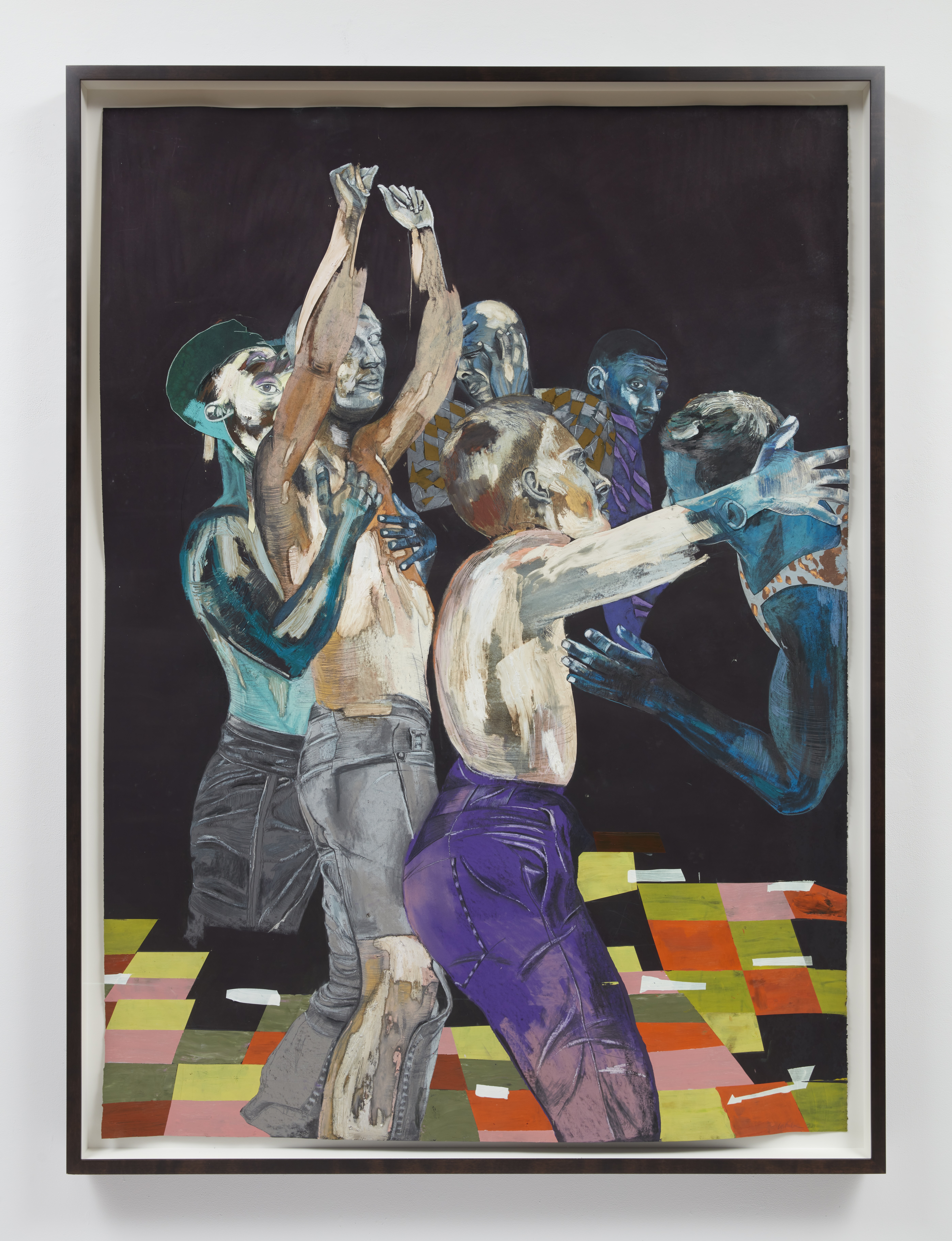
Wardell Milan uses art to explore the relationship between identity and body. His bright collages capture subjects in a similar fashion to photography, the medium he focused on as a teenager. Through exploring gender and sexuality, Milan’s works show the beauty of vulnerability in life and art.
The horrific tragedy at Pulse nightclub, where 49 individuals were brutally murdered and over 40 wounded, left the LGBTQ community across the country in a state of trauma. Pulse nightclub offered a space for queer individuals to feel at home within a community—to love, to share, to simply exist. The Pulse massacre in 2016 was the deadliest mass shooting in the United States that year. Pulse. That’s that Orlando Moon, 808 club bass. That’s that keep dancing, that’s that never stop by Milan serves a remembrance. Not just of the nightclub or the feelings fostered, but the community and the lives that were targeted and lost. Through the use of paper collage, Milan captures the moments of joy before the attack, urging us to focus on honoring the sacredness and joy of queer lives.
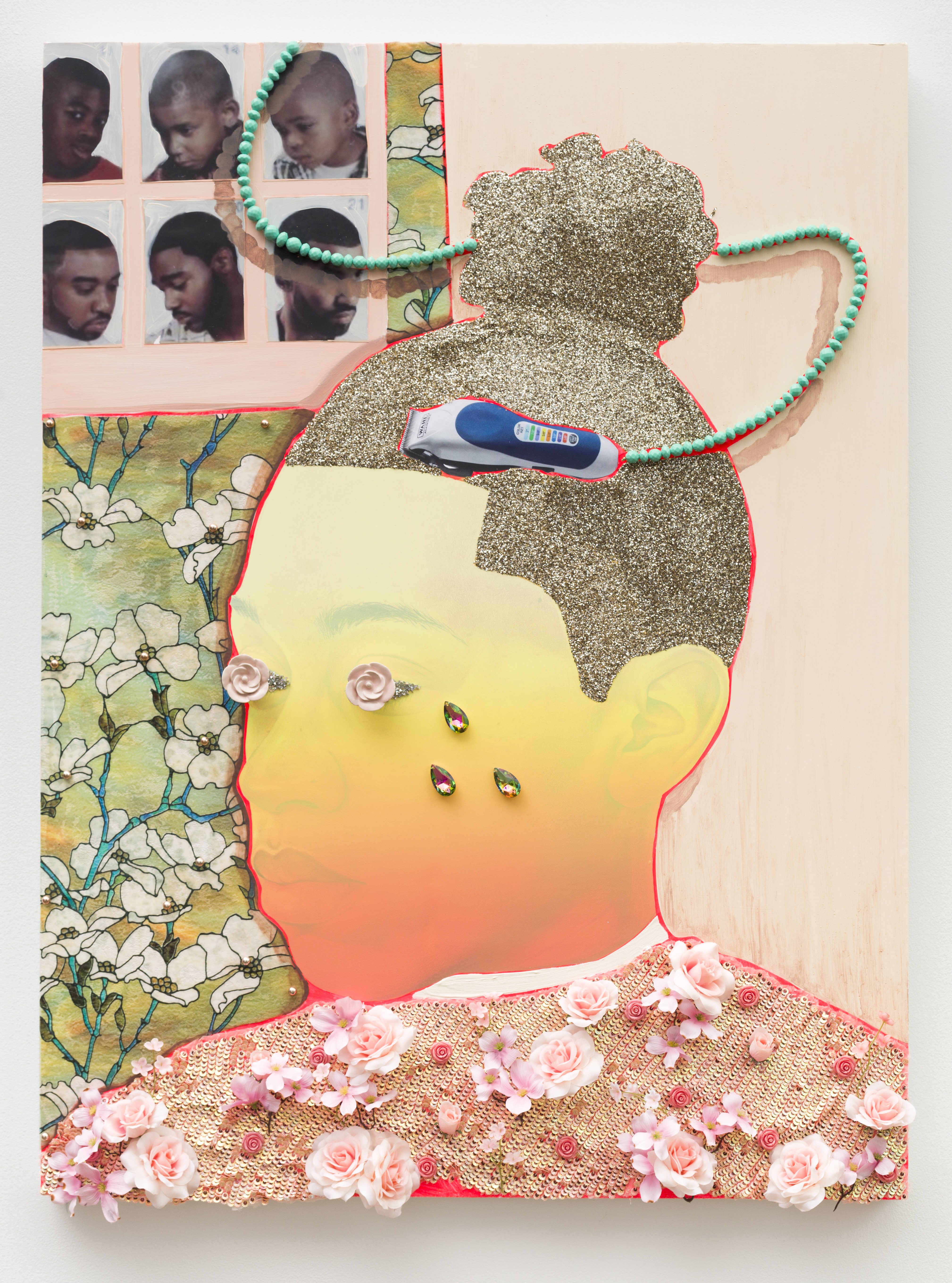
Devan Shimoyama transforms the narratives of Black masculinity. Many of the themes in his works are rooted in his personal experiences and perception of the Black queer male body. Shimoyama often creates artwork that places male subjects in a space of glamour and aesthetics. By using materials such as glitter, rhinestones, sequins, and vibrant colors, his works further push the perception of Black male beauty in a multitude of forms.
Tasha is a perfect example of reimagining masculinity within the Black identity. The artwork features a young boy getting his hair cut in a barbershop. However, when looked at a little deeper, the artist’s use of space and setting as a component of identity and belonging jumps out. The boy’s hair is made of glitter and his eyes and barber’s cape is made of silk roses. Tears of crystals roll down the subject’s face, visualizing the beauty of expressing emotion and the pain of disconnection. This piece challenges the use of traditional Black spaces when queer identities are present and the intersection of isolation and acceptance.
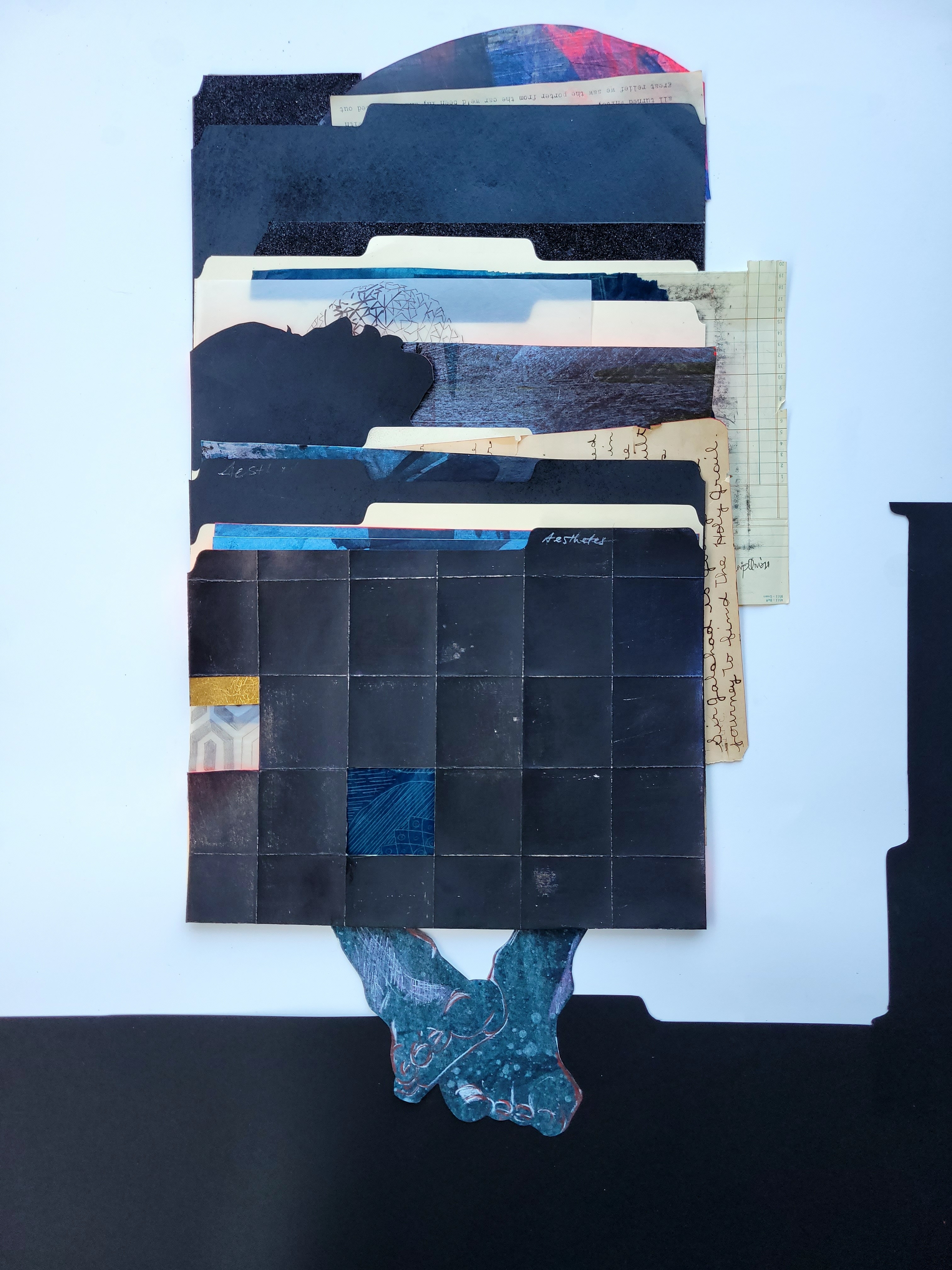
Lovie Olivia touches on intersectionality and history within her practice. As she explores gender, race, and sexuality, Olivia’s multidisciplinary approach tells a story—a historical one. Through layering pieces of once-buried knowledge, her collages turn into artistic folders of treasured archives.
The use of space in Olivia’s works is a little different compared to Milan’s and Shimoyama’s works. In her Dark Tower triptych, Olivia pays homage to a special safe queer space from Black history. A’Lelia Walker, daughter of Madam C. J. Walker and art patron of the Harlem Renaissance, inspired the series. Walker’s opulent townhome, The Dark Tower, was a coveted salon for artists, writers, activists, and musicians to gather. It was also one of the few inviting environments for Harlem’s Black queer artists. These parties shaped the Harlem Renaissance and became a haven for all forms of artistic, gender, and sexual expression.
Multiplicity takes us on a journey through different understandings of being and opens doors for us to think deeper about identity and community. Though Pride Month has come to an end, we can continue to appreciate and uplift the different artists who embrace the recollection of personal and collective history.

